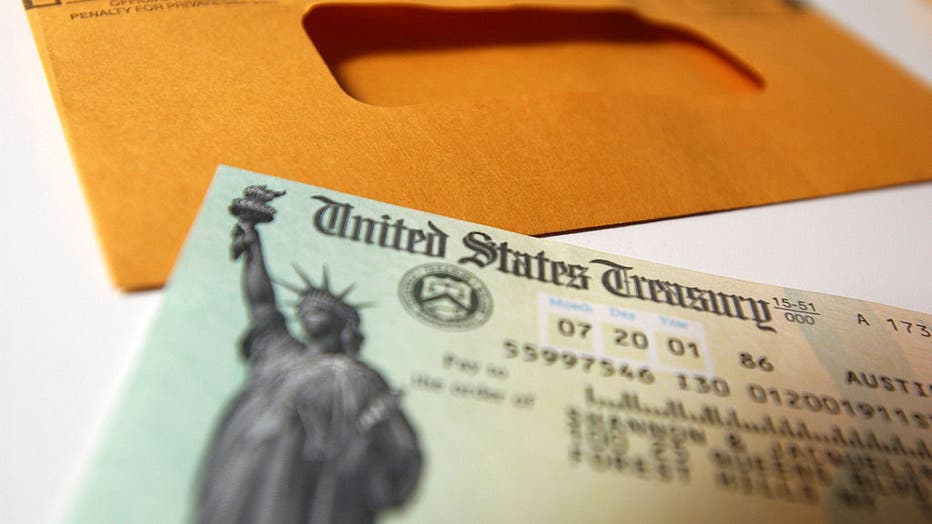When will the IRS send out tax refunds
LOS ANGELES - Jan. 29, 2024, marks the first day the IRS begins accepting and processing 2023 tax returns.
That means taxpayers have to file their returns between that date and April 15. If you need more time, you can request an extension that can allow you to file until mid-October.
You can get more information on requesting an extension here.
How to get your refund quickly
In order to receive your refund within 21 days of filing, the IRS has let us know that you must file your return electronically, make sure that it is accurate and complete and request to receive the refund via direct deposit.
READ MORE: IRS waiving $1 billion in penalty taxes, will kick off 2024 tax season on Jan. 29
The IRS expects to receive more than 128.7 million individual tax returns by this year's deadline.
Make sure you file for free
The "Free File" tool, which offers free tax prep services to eligible taxpayers, will open on Friday and remain available through the October tax extension deadline. Taxpayers qualify for the service with an adjusted gross income of $79,000 or less for 2023.
RELATED: Child tax credit expansion part of bipartisan $78B deal proposed in Congress

392397 02: A tax payer rebate check sits on a table July 25, 2001 in New York City. The U.S. government is sending out 92 million tax rebate checks over 10 weeks as part of the Bush administrations tax break. (Photo by Spencer Platt/Getty Images)
How to file for an extension
You'll need to fill out Form 4868 and you can use the Free File tool to do so. Make sure to submit the form by April 15 either electronically or by mail to the IRS address for your state.
Don't forget to postmark it by April 15; the IRS is a stickler when it comes to deadlines.
How the Inflation Reduction Act will impact your return
The beginning of tax season comes as the agency begins to implement an $80 billion funding overhaul intended to modernize technology, improve customer service, deliver real-time alerts, enhance customer service and crack down on the so-called tax gap by enhancing enforcement of the wealthy.
The funding boost stems from the Inflation Reduction Act, signed into law by President Biden in 2022.
"As our transformation efforts take hold, taxpayers will continue to see marked improvement in IRS operations in the upcoming filing season," IRS Commissioner Danny Werfel said in a news release. "IRS employees are working hard to make sure that new funding is used to help taxpayers by making the process of preparing and filing taxes easier."
How to check the status of your return
Taxpayers can check a refund's status by using the Where's My Refund? Tool online.
While the IRS says most refunds are issued in less than 21 days from filing, some refunds can take longer than others so be patient.
What you need to know about the new tax brackets
The IRS announced the higher limits for the federal income tax bracket and standard deductions in November.
The increase is intended to avoid a phenomenon known as "bracket creep," which happens when taxpayers are pushed into higher-income brackets even though their purchasing power is essentially unchanged due to steeper prices for most goods.
LINK: You can read the details on where you fit in the new brackets here.
Key 2024 tax season dates
- January 12: IRS Free File opens.
- January 16: Due date for 2023 fourth quarter estimated tax payments.
- January 29: Filing season start date for individual tax returns.
- April 15: Due date of filing a tax return or to request an extension for most of the nation.
- April 17: Due date for Maine and Massachusetts.
- October 15: Due date for extension filers.
This story was reported from Los Angeles. Kelly Hayes and FOX Business contributed.

